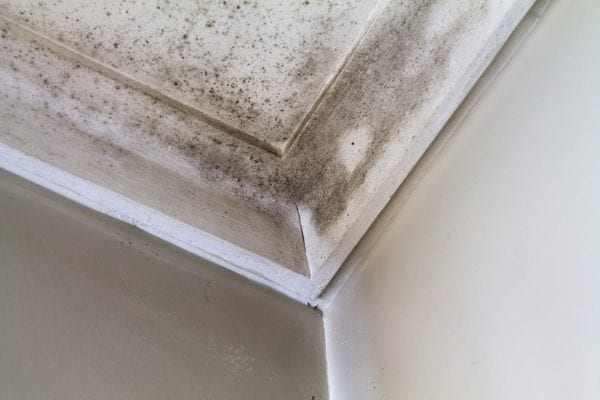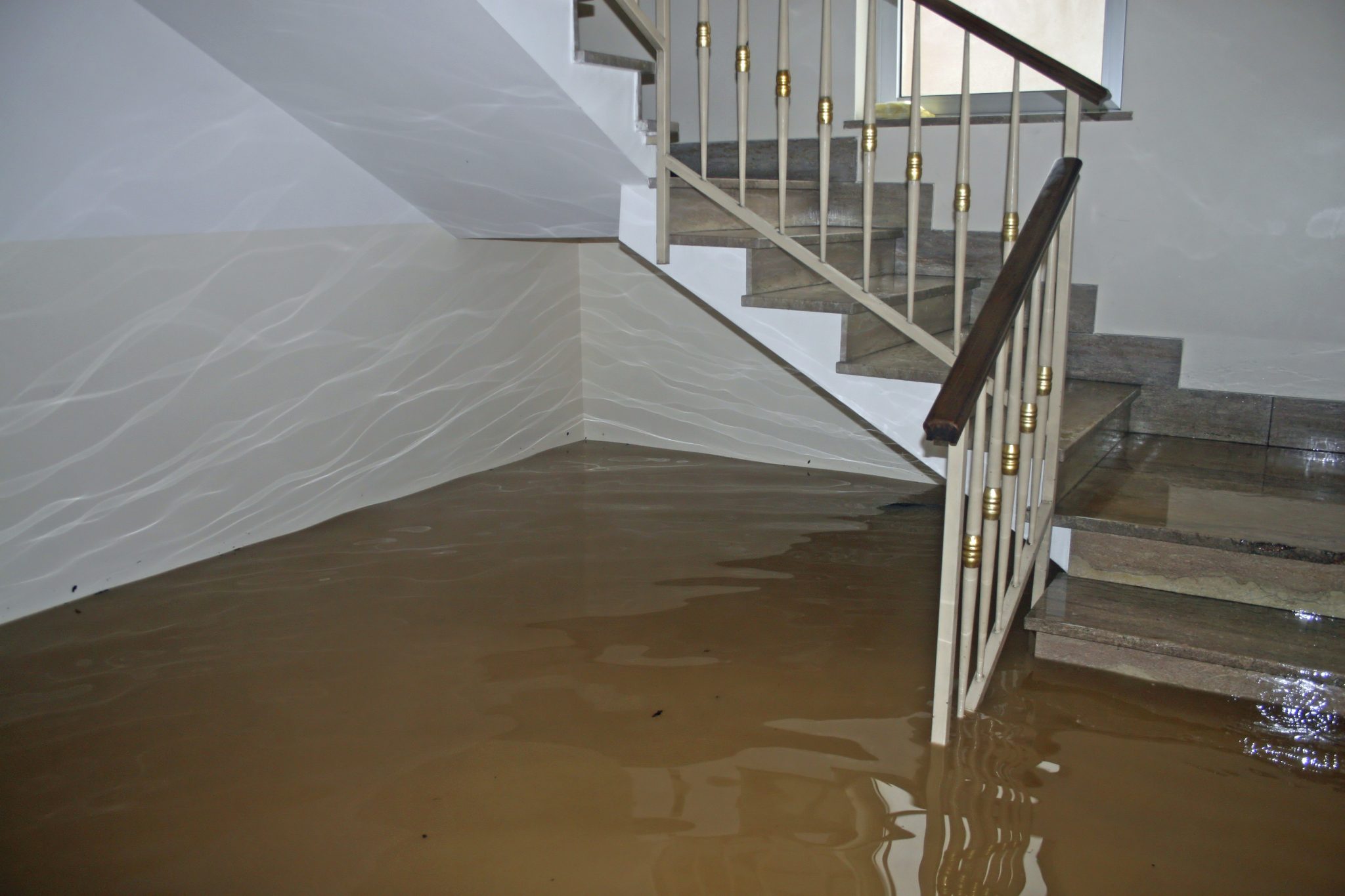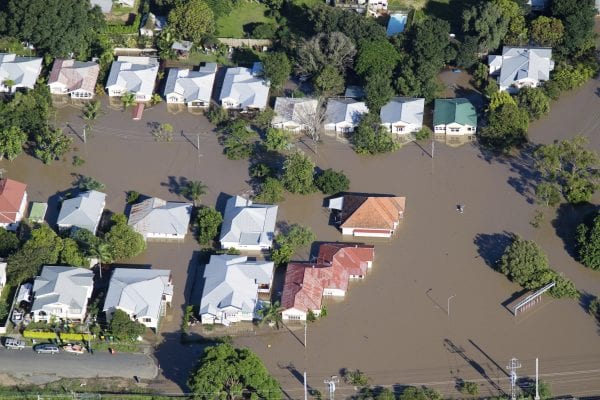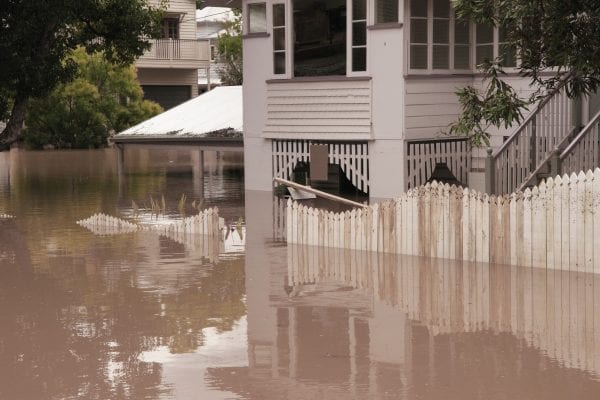Emergency Handbook

With planning, you can prevent some damage to interior contents and reduce the loss of important items. Some changes include moving items up and out of harm’s way; allowing materials to drain and dry faster; and making repairs easier to do.
Before making any changes, check with your local code and housing officials, insurance representatives, and floodplain manager to ensure the changes meet regulations.
Locate Utility Systems
- Locate the main breaker or fuse box and the utility meter above the potential flood level for your home or to a higher floor.
- Raise outlets and switches to higher levels in rooms if allowed by local or state codes.
- Install ground fault circuit interrupters to prevent electrical hazards.

Appliances and Household System
- Raise heating equipment and air conditioners to higher levels, a higher floor, or to the attic. Floor reinforcements may be needed to handle the extra weight.
- Outside air conditioners can be installed on a higher platform above potential water levels.
- Washers, dryers, and water-conditioning equipment can be relocated to higher floors or raised onto secure platforms inside the lower levels. Provide spillage pans and overflow drains to prevent water damage from leaks. Floor reinforcement may be needed.
- If equipment cannot be moved to higher levels, construct sturdy platforms and raise them up from the existing floor level.
- Interior lower floodwalls can be built around equipment to protect against shallow water if the equipment cannot be raised. A concrete or block floodwall can be made water resistant using plastic and waterproofing products. However, the exterior water pressure may collapse the floodwall.
Make Repairs Easier and Faster Drying
- Place the nonpaper gypsum wallboard or cement board horizontally on the wall to make it easier to remove, if only the lower portion has been damaged or is wet. If the water level is less than a couple of feet, you may need to remove only the lower wallboard. Wicking frequently will wet wallboard a couple of feet above the water level. Mold may occur within a wall cavity that is wet. Leave a gap between the lower and upper horizontal wallboards to allow for drying and to prevent wicking between the two. Caulk the gap to reduce moisture wicking from one wallboard to another. Cover the gap with a trim or railing that is easy to remove for faster drying.
- Leave a gap at the bottom of the gypsum wallboard to allow for drainage and drying.
- Attach floor moldings for easy removal and to allow inner wall cavities to drain and dry.
- Metal studs and sill plates that are corrosion resistant may be easier to clean.
- Use flooring materials, such as tiles and concrete, that resist water damage. If you think you must use soft coverings (carpet), use area rugs that can be rolled up and removed before the water enters. Rugs are also easier to clean because they can be moved outside to dry and can be cleaned professionally. Another floor covering that may be used is unattached indoor-outdoor carpet. Installed carpets and pads are usually removed and disposed of after a water or flood event unless the water is clean and the event is minor.
Take Additional Actions
- Install check valves or backflow valves in plumbing and sanitary sewer lines to prevent floodwater from backing up into the drains.
- Check interior drainage hoses on washing machines and dishwashers. Replace the standard hose with a reinforced hose and install and use shutoffs.
- Monitoring devices that sense water on floor surfaces are available. Some sound an alert. Some are attached to a water shutoff device for that area and are useful if pipes or hoses leak or break. Other systems monitor the water entering the home; if the usual amounts are exceeded, the device turns off all the water.
- Items that are not susceptible to damage by gases given off by some plastics can be tightly sealed in plastic bags in sturdy plastic storage containers with tight-fitting lids. Monitor the contents for moisture and mold. Mold can result if humidity levels are high.
- If items must be stored in the lowest levels, store them high off the floor where they will be less likely to be damaged by water.
- Keep valuable items out of basements and off the floor if it is subject to flooding.
- Keep copies of valuable documents and photos at another location in a safe-deposit box or with relatives or friends outside the area.
- If you have a flood or hurricane warning and have sufficient time, consider temporarily moving those items that are most meaningful to you or the family to another location outside the high-risk area.
- A 5 percent to 10 percent slope away from the home for a minimum of 10 feet will reduce foundation leakage. The ground or lot should drain away from the house.
Learn Your Flood Risk
To identify a community’s flood risk, FEMA conducts a Flood Insurance Study. The study includes statistical data for river flow, storm tides, hydrologic/hydraulic analyses, and rainfall and topographic surveys. FEMA uses this data to create the flood hazard maps that outline your community’s different flood risk areas. Use FEMA’s Flood Map Service Center (https://msc.fema.gov/portal) to learn about your community’s flood risk so you can make informed decisions about protecting your property, both financially and structurally.
Federal Emergency Management Agency (FEMA)
Used by permission of eXtension.
Use pesticides only according to the directions on the label. Follow all directions, precautions, and restrictions that are listed. Do not use pesticides on plants that are not listed on the label. Trade and brand names used are given for information purposes only. No guarantee, endorsement, or discrimination among comparable products is intended or implied by the Alabama Cooperative Extension System. This publication is for information purposes only and should not be a substitute for recommendations or treatment by a health care provider.



